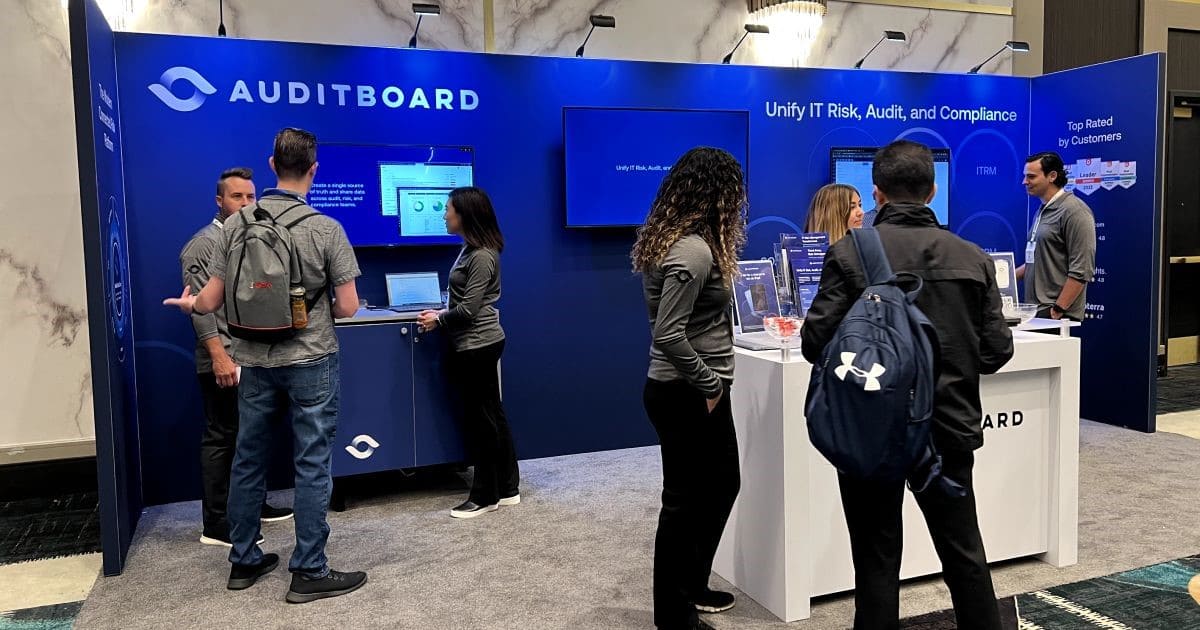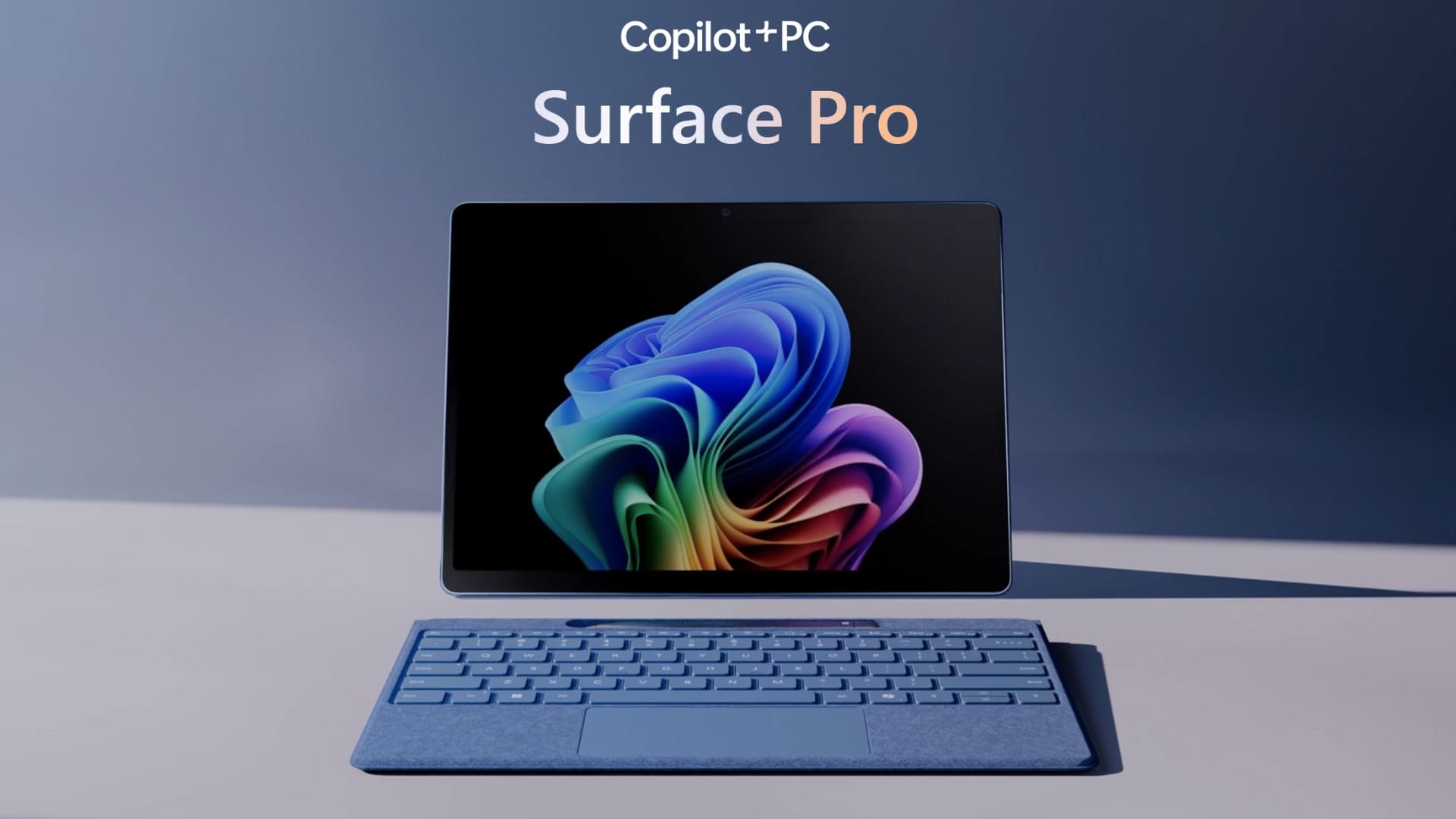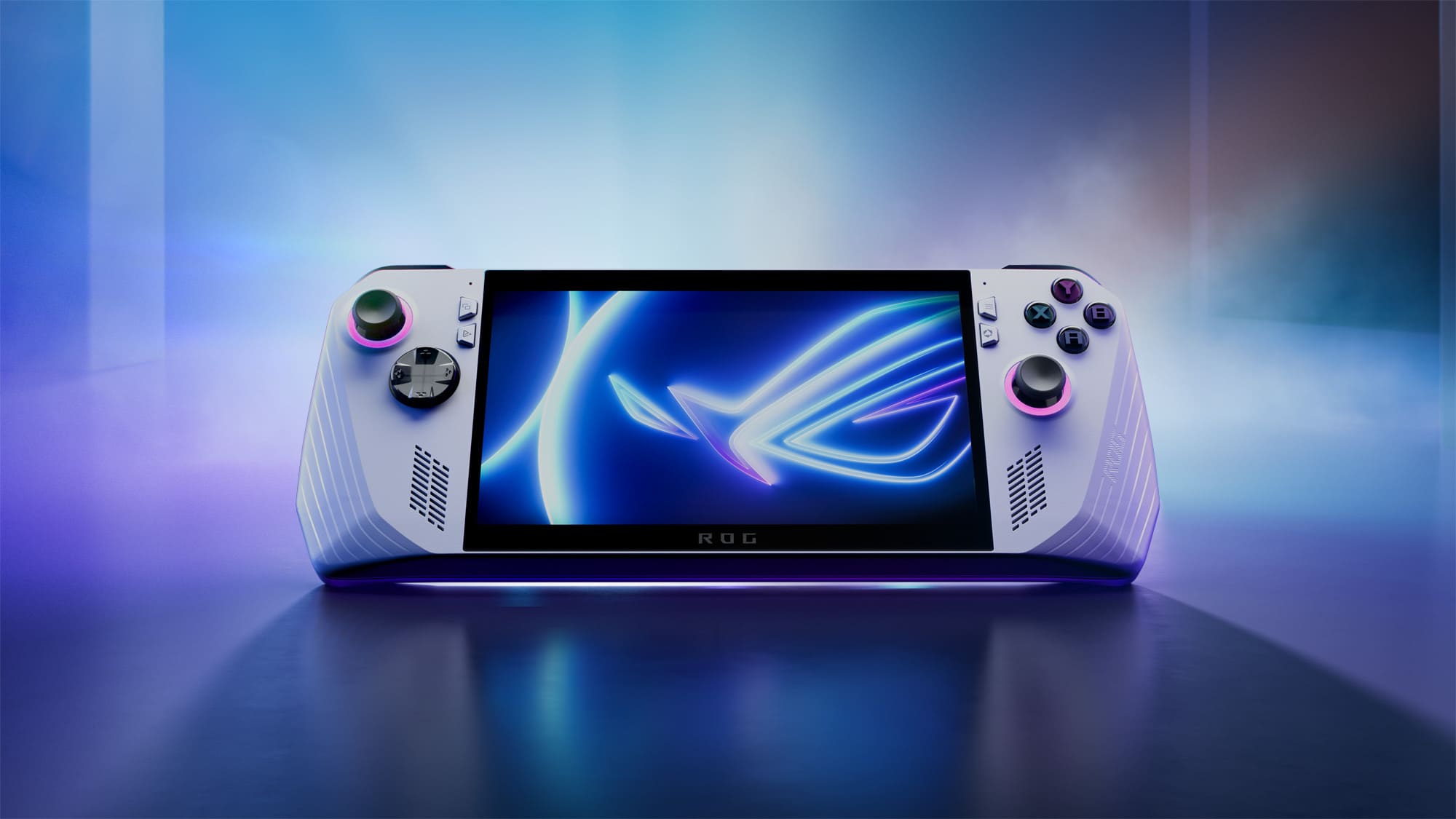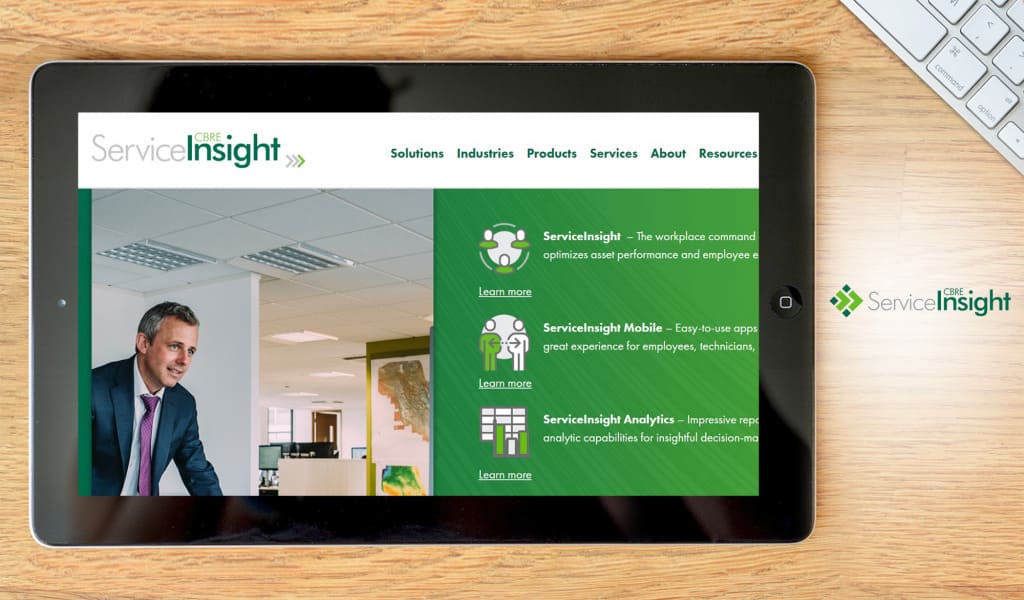Explore real-world projects where strategic thinking, sharp execution, and data-backed decisions delivered measurable business growth. These aren’t just success stories—they’re blueprints for what’s possible when vision meets action.
Engaged as a strategic consultant to optimize the sales process during a pivotal period when AuditBoard was actively targeting business from established accounting software firms, this initiative involved a comprehensive, data-driven assessment of the company’s sales operations. The project encompassed detailed interviews with the sales team, followed by a meticulous analysis of over 150 sales opportunities.
Leveraging structured win–loss evaluations and a comprehensive sales lead ranking system, every stage of the sales cycle—from lead sourcing and pre-discovery research to demo execution, pricing strategies, and post-deal follow-ups—was scrutinized to uncover critical process gaps and identify key drivers of wins and losses. The insights gained led to targeted improvements in proactive research methodologies, tailored messaging that emphasized the product’s differentiation, and more strategic pricing negotiations.
These optimizations helped refine AuditBoard’s competitive positioning as the company scaled, strengthening its ability to navigate an increasingly competitive market. As AuditBoard continued to evolve, this enhanced sales framework contributed to a stronger foundation that aligned with the company’s broader growth trajectory—culminating in its acquisition by Hg in May 2024 for $3.1 billion.

Partnered with Amadeus to develop a strategic framework for launching B2B Wallet, a virtual payment solution designed to streamline financial transactions for travel consolidators in Latin America. The consulting process centered on deep market immersion—conducting extensive stakeholder interviews with consolidators, travel agencies, and financial managers across the region to uncover inefficiencies in cash-based reconciliation, IATA cash guarantees, and fragmented commission structures. These firsthand conversations provided critical insights into operational pain points, adoption hesitancy, and the financial challenges consolidators faced when transitioning to virtual payments.
Using these findings, the proposed strategy repositioned B2B Wallet as more than a payment tool—framing it as a mechanism for automation, fraud prevention, and financial optimization. The adoption plan outlined a phased approach designed to build trust and ease the transition for consolidators, emphasizing education, streamlined onboarding, and tailored incentives to support long-term integration. Sales enablement materials were developed to address industry-specific concerns, ensuring decision-makers understood the financial and operational benefits of B2B Wallet. Additionally, partnerships with banking institutions and travel networks were recommended to accelerate implementation and mitigate potential adoption barriers.
Presented as a comprehensive market entry strategy, the plan provided Amadeus with a roadmap to position B2B Wallet for success. The recommendations reinforced its value proposition and aligned the rollout with regional business norms, paving the way for its launch. The initiative was well received, garnering attention in major industry publications and further solidifying Amadeus’s leadership in digital financial solutions for the travel sector.
Amadeus E-Wallet available for travel agencies in Colombia

For years, the personal computing landscape had been defined by incremental upgrades—modest improvements in speed, battery life, and design. Then came Copilot+ PCs, introducing on-device AI processing that fundamentally changed how users interacted with their devices. Features like Recall and Windows Studio Effects brought real-time AI enhancements directly to the device, eliminating dependence on cloud computation while improving privacy and efficiency. With NPUs powering AI workloads locally, Copilot+ PCs reshaped expectations for premium computing and positioned Windows to directly challenge Apple’s dominance.
The success of the launch depended on establishing a compelling, data-driven narrative that resonated with consumers. Claims were crafted to go beyond raw benchmarking, focusing on how Copilot+ improved real-world workflows, personalized user experiences, and streamlined tasks with AI assistance. Collaboration with engineering, inbound marketing, and Surface ensured claims were rooted in both technical validation and emotional impact—connecting the product’s capabilities with the ways users actually worked and lived. Partnerships with third-party Windows OEMs helped align messaging across the broader Windows ecosystem, while legal teams guided compliance, ensuring every statement met rigorous approval standards.
With claims in place, focus turned to ensuring Surface Copilot+ PCs were priced competitively against Apple. Leading with Surface meant securing aggressive pricing strategies that balanced affordability and profitability, proving that AI-powered PCs could deliver more value at compelling price points. Financial modeling shaped the promotional calendar, determining strategic incentives to maximize early adoption while maintaining strong margins.
The launch was a turning point for Windows PCs, redefining their position in the market. With AI-driven performance exceeding Apple’s M-series chips, Copilot+ didn’t just introduce new features—it changed industry perception, reinforcing Windows as the leader in next-generation computing.
A Copilot+ PC has been tested — and it destroys the MacBook | Digital Trends

Dynamic Lighting on Windows started as a response to a fragmented RGB ecosystem—where users struggled with inconsistent, device-specific lighting controls that often required multiple applications to manage different peripherals. With personalization and usability becoming central to the Windows experience, the opportunity to simplify and unify RGB control emerged as a key initiative.
The project needed a strong, clearly defined market story to gain leadership support and ensure its adoption. This meant creating compelling use cases that demonstrated its value beyond gaming, extending into productivity and accessibility, while also tying it to measurable business impact. As part of the project, research was conducted and showed that a system-wide RGB solution could increase PC purchase intent by 15% and drive a 26% lift in interest for RGB accessories—critical data points that shaped the internal narrative.
To build momentum, marketing guidance was developed to establish a consistent framework for communicating Dynamic Lighting’s benefits to internal teams and external audiences. The positioning needed to reflect its role not just as a feature but as a fundamental shift in how users interact with their devices. A structured story was crafted to ensure leadership buy-in, presenting Dynamic Lighting as an intuitive, built-in solution that enhanced customization while simplifying device management.
With a strong business case and a refined marketing story, Dynamic Lighting launched as a native Windows 11 capability, transforming RGB control from a disconnected experience into a seamless, integrated system.
Windows 11 finally gets RGB lighting controls – here’s how to use them | Tom’s Guide

Developed and executed a comprehensive market entry strategy for gaming handheld devices that transformed an incubated idea into a commercially viable product category. This collaborative effort involved cross-functional teams from engineering, inbound marketing, and the incubation group, as well as multiple GM-level leaders at Microsoft. Extensive market research and early conversations with OEM partners were integrated into a detailed business case covering current market dynamics, target pricing benchmarks, product demonstrations, incremental unit sizing, and support requirements. Critical policy concessions—such as sub–9″ waivers and discounted operating system licensing—were secured, enabling third-party OEM products to ship with Windows licenses.
Assets and strategic marketing materials developed by the team were adopted by VP and CVP-level leadership for presentations and decision-making processes, underscoring the impact of this comprehensive approach. Robust value propositions and messaging were refined into outbound campaigns and field enablement tools that spanned multiple channels, ensuring effective communication and alignment across the organization. In addition, participation as a beta tester for ROG Ally provided firsthand insights that further enhanced the product strategy.
This initiative culminated in the successful enablement and launch of flagship products, including ROG Ally and Legion Go. ROG Ally achieved 37,000 pre-orders in its first month, with early projections indicating incremental annual unit sales ranging from 500,000 to 1,000,000. The project demonstrates a methodical, team-driven approach to innovation and market growth, showcasing expertise in leadership alignment, cross-functional collaboration, and strategic market positioning for disruptive technology offerings.
ROG Ally unveiled with detailed specs and features | News|ASUS USA

For years, CBRE and Iron Mountain had adapted their facility management technology in fragmented steps—systems were updated, processes adjusted, but true efficiency remained elusive. The transition from ServiceInsight 6 to ServiceInsight 7, CBRE’s proprietary Computerized Maintenance Management System (CMMS) designed to track and optimize facility operations, was an opportunity to streamline workflows, improve accountability, and enhance service delivery. Leading this transformation required driving coordination across CBRE’s facility management team for Iron Mountain, Iron Mountain admins, third-party facility vendors, and ServiceInsight developers—each with different priorities and technical expertise.
To ensure a smooth rollout, a cross-functional implementation team was assembled, bringing together representatives from each group to drive collaboration and accountability. A structured project plan mapped key milestones, securing leadership alignment on transition dates. Testing followed a like-for-like comparison process, verifying that ServiceInsight 7 met operational needs before full deployment. Workstations were updated across teams to ensure every user had the required specifications to run the new system seamlessly.
User adoption was critical to success, requiring a train-the-trainer model, where the cross-functional team received direct training and then educated their peers. This ensured organization-wide readiness before go-live, reducing confusion and minimizing support requests. During the first week of implementation, real-time troubleshooting ensured a smooth transition, providing on-the-ground support for inevitable questions and challenges.
The result? Increased productivity, accountability, and autonomy, with every team adapting quickly to the upgraded system. The transition reinforced the importance of strategic planning, operational readiness, and proactive user engagement, ensuring a smooth rollout across a diverse stakeholder group.

Engaged as a strategic consultant to optimize the sales process during a pivotal period when AuditBoard was actively targeting business from established accounting software firms, this initiative involved a comprehensive, data-driven assessment of the company’s sales operations. The project encompassed detailed interviews with the sales team, followed by a meticulous analysis of over 150 sales opportunities.
Leveraging structured win–loss evaluations and a comprehensive sales lead ranking system, every stage of the sales cycle—from lead sourcing and pre-discovery research to demo execution, pricing strategies, and post-deal follow-ups—was scrutinized to uncover critical process gaps and identify key drivers of wins and losses. The insights gained led to targeted improvements in proactive research methodologies, tailored messaging that emphasized the product’s differentiation, and more strategic pricing negotiations.
These optimizations helped refine AuditBoard’s competitive positioning as the company scaled, strengthening its ability to navigate an increasingly competitive market. As AuditBoard continued to evolve, this enhanced sales framework contributed to a stronger foundation that aligned with the company’s broader growth trajectory—culminating in its acquisition by Hg in May 2024 for $3.1 billion.
Partnered with Amadeus to develop a strategic framework for launching B2B Wallet, a virtual payment solution designed to streamline financial transactions for travel consolidators in Latin America. The consulting process centered on deep market immersion—conducting extensive stakeholder interviews with consolidators, travel agencies, and financial managers across the region to uncover inefficiencies in cash-based reconciliation, IATA cash guarantees, and fragmented commission structures. These firsthand conversations provided critical insights into operational pain points, adoption hesitancy, and the financial challenges consolidators faced when transitioning to virtual payments.
Using these findings, the proposed strategy repositioned B2B Wallet as more than a payment tool—framing it as a mechanism for automation, fraud prevention, and financial optimization. The adoption plan outlined a phased approach designed to build trust and ease the transition for consolidators, emphasizing education, streamlined onboarding, and tailored incentives to support long-term integration. Sales enablement materials were developed to address industry-specific concerns, ensuring decision-makers understood the financial and operational benefits of B2B Wallet. Additionally, partnerships with banking institutions and travel networks were recommended to accelerate implementation and mitigate potential adoption barriers.
Presented as a comprehensive market entry strategy, the plan provided Amadeus with a roadmap to position B2B Wallet for success. The recommendations reinforced its value proposition and aligned the rollout with regional business norms, paving the way for its launch. The initiative was well received, garnering attention in major industry publications and further solidifying Amadeus’s leadership in digital financial solutions for the travel sector.
MONEDERO VIRTUAL DE AMADEUS DISPONIBLE PARA AGENCIA DE VIAJES DE COLOMBIA – TrafficAmerican
Amadeus lanza nuevo monedero virtual para agencias de viajes | Noticias de turismo REPORTUR
For years, the personal computing landscape had been defined by incremental upgrades—modest improvements in speed, battery life, and design. Then came Copilot+ PCs, introducing on-device AI processing that fundamentally changed how users interacted with their devices. Features like Recall and Windows Studio Effects brought real-time AI enhancements directly to the device, eliminating dependence on cloud computation while improving privacy and efficiency. With NPUs powering AI workloads locally, Copilot+ PCs reshaped expectations for premium computing and positioned Windows to directly challenge Apple’s dominance.
The success of the launch depended on establishing a compelling, data-driven narrative that resonated with consumers. Claims were crafted to go beyond raw benchmarking, focusing on how Copilot+ improved real-world workflows, personalized user experiences, and streamlined tasks with AI assistance. Collaboration with engineering, inbound marketing, and Surface ensured claims were rooted in both technical validation and emotional impact—connecting the product’s capabilities with the ways users actually worked and lived. Partnerships with third-party Windows OEMs helped align messaging across the broader Windows ecosystem, while legal teams guided compliance, ensuring every statement met rigorous approval standards.
With claims in place, focus turned to ensuring Surface Copilot+ PCs were priced competitively against Apple. Leading with Surface meant securing aggressive pricing strategies that balanced affordability and profitability, proving that AI-powered PCs could deliver more value at compelling price points. Financial modeling shaped the promotional calendar, determining strategic incentives to maximize early adoption while maintaining strong margins.
The launch was a turning point for Windows PCs, redefining their position in the market. With AI-driven performance exceeding Apple’s M-series chips, Copilot+ didn’t just introduce new features—it changed industry perception, reinforcing Windows as the leader in next-generation computing.
A Copilot+ PC has been tested — and it destroys the MacBook | Digital Trends
Dynamic Lighting on Windows started as a response to a fragmented RGB ecosystem—where users struggled with inconsistent, device-specific lighting controls that often required multiple applications to manage different peripherals. With personalization and usability becoming central to the Windows experience, the opportunity to simplify and unify RGB control emerged as a key initiative.
The project needed a strong, clearly defined market story to gain leadership support and ensure its adoption. This meant creating compelling use cases that demonstrated its value beyond gaming, extending into productivity and accessibility, while also tying it to measurable business impact. As part of the project, research was conducted and showed that a system-wide RGB solution could increase PC purchase intent by 15% and drive a 26% lift in interest for RGB accessories—critical data points that shaped the internal narrative.
To build momentum, marketing guidance was developed to establish a consistent framework for communicating Dynamic Lighting’s benefits to internal teams and external audiences. The positioning needed to reflect its role not just as a feature but as a fundamental shift in how users interact with their devices. A structured story was crafted to ensure leadership buy-in, presenting Dynamic Lighting as an intuitive, built-in solution that enhanced customization while simplifying device management.
With a strong business case and a refined marketing story, Dynamic Lighting launched as a native Windows 11 capability, transforming RGB control from a disconnected experience into a seamless, integrated system.
Windows 11 finally gets RGB lighting controls – here’s how to use them | Tom’s Guide
Developed and executed a comprehensive market entry strategy for gaming handheld devices that transformed an incubated idea into a commercially viable product category. This collaborative effort involved cross-functional teams from engineering, inbound marketing, and the incubation group, as well as multiple GM-level leaders at Microsoft. Extensive market research and early conversations with OEM partners were integrated into a detailed business case covering current market dynamics, target pricing benchmarks, product demonstrations, incremental unit sizing, and support requirements. Critical policy concessions—such as sub–9″ waivers and discounted operating system licensing—were secured, enabling third-party OEM products to ship with Windows licenses.
Assets and strategic marketing materials developed by the team were adopted by VP and CVP-level leadership for presentations and decision-making processes, underscoring the impact of this comprehensive approach. Robust value propositions and messaging were refined into outbound campaigns and field enablement tools that spanned multiple channels, ensuring effective communication and alignment across the organization. In addition, participation as a beta tester for ROG Ally provided firsthand insights that further enhanced the product strategy.
This initiative culminated in the successful enablement and launch of flagship products, including ROG Ally and Legion Go. ROG Ally achieved 37,000 pre-orders in its first month, with early projections indicating incremental annual unit sales ranging from 500,000 to 1,000,000. The project demonstrates a methodical, team-driven approach to innovation and market growth, showcasing expertise in leadership alignment, cross-functional collaboration, and strategic market positioning for disruptive technology offerings.
ROG Ally unveiled with detailed specs and features | News|ASUS USA
For years, CBRE and Iron Mountain had adapted their facility management technology in fragmented steps—systems were updated, processes adjusted, but true efficiency remained elusive. The transition from ServiceInsight 6 to ServiceInsight 7, CBRE’s proprietary Computerized Maintenance Management System (CMMS) designed to track and optimize facility operations, was an opportunity to streamline workflows, improve accountability, and enhance service delivery. Leading this transformation required driving coordination across CBRE’s facility management team for Iron Mountain, Iron Mountain admins, third-party facility vendors, and ServiceInsight developers—each with different priorities and technical expertise.
To ensure a smooth rollout, a cross-functional implementation team was assembled, bringing together representatives from each group to drive collaboration and accountability. A structured project plan mapped key milestones, securing leadership alignment on transition dates. Testing followed a like-for-like comparison process, verifying that ServiceInsight 7 met operational needs before full deployment. Workstations were updated across teams to ensure every user had the required specifications to run the new system seamlessly.
User adoption was critical to success, requiring a train-the-trainer model, where the cross-functional team received direct training and then educated their peers. This ensured organization-wide readiness before go-live, reducing confusion and minimizing support requests. During the first week of implementation, real-time troubleshooting ensured a smooth transition, providing on-the-ground support for inevitable questions and challenges.
The result? Increased productivity, accountability, and autonomy, with every team adapting quickly to the upgraded system. The transition reinforced the importance of strategic planning, operational readiness, and proactive user engagement, ensuring a smooth rollout across a diverse stakeholder group.
Whether you’re launching, scaling, or refining, I help businesses transform plans into measurable success.
Let’s connect and make an impact—together.